Every year, millions of people buy medicines online - some for convenience, others because they can’t afford brand-name drugs. But how do you know that the generic pill you ordered isn’t fake? Counterfeit drugs are a growing crisis. The World Health Organization estimates that 1 in 10 medicines in low- and middle-income countries are fake. Even in the U.S. and Europe, where regulations are tighter, counterfeiters are getting smarter. They replicate packaging, barcodes, and even holograms. And when these fakes reach patients, the consequences can be deadly.
Why Generic Medicines Are Targeted
Generic drugs make up over 90% of prescriptions filled in the U.S., but they’re often sold at a fraction of the price of brand-name versions. That’s why they’re so attractive to counterfeiters. A fake pill of metformin or lisinopril costs pennies to produce but can sell for $5-$10 online. Unlike branded drugs, generics don’t always come with flashy marketing or strong consumer loyalty - so buyers are more likely to trust a cheap website without asking questions.Online pharmacies that don’t require prescriptions are especially risky. A 2024 study by the National Association of Boards of Pharmacy found that 96% of websites selling drugs without a prescription were operating illegally. Many of them use fake certifications, cloned logos, and even fake customer reviews to look legitimate. The only way to break this cycle is to make every pill traceable - from the factory floor to your medicine cabinet.
How Blockchain Solves the Problem
Blockchain isn’t just for Bitcoin. In pharma, it’s being used as an unbreakable digital ledger that records every step of a drug’s journey. Each blister pack, bottle, or vial gets a unique digital identity - like a fingerprint - embedded in a QR code or 2D barcode. That code follows the drug through every handoff: manufacturer → distributor → wholesaler → pharmacy → patient.When a pharmacist scans the code at the counter, their app checks the blockchain in under two seconds. If the package was never registered, if it was diverted, or if the serial number was copied, the system flags it instantly. No guesswork. No paperwork. No delays.
This isn’t theory. The FDA’s 2022 Blockchain Interoperability Pilot - involving Pfizer, Genentech, and AmerisourceBergen - verified over 12 million drug units with 99.8% accuracy. In real-world use, pharmacies using blockchain systems like MediLedger cut verification time from 15 minutes per batch to under a minute. And counterfeit detection rates dropped from 62% false negatives under old systems to just 0.2% with blockchain.
What Makes Blockchain Different From Old Methods
For years, drug makers relied on visual tricks: color-shifting ink, holograms, tamper-evident seals. But these are easy to copy. INTERPOL found that 38% of counterfeit drugs in 2020 replicated these features perfectly. Centralized databases were next - but they’re vulnerable. One hacked server, one corrupt insider, and the whole system breaks.Blockchain changes that. It’s decentralized. No single company owns it. Instead, hundreds of verified participants - manufacturers, distributors, pharmacies - each hold a copy of the ledger. If someone tries to alter a record, the network rejects it. Every change is time-stamped and locked in. Even if a fake package slips through, its digital trail doesn’t match the real one.
And it’s not just about tracking. Advanced systems now combine blockchain with AI. Machine learning models analyze patterns in how drugs move through the supply chain. If a batch of insulin suddenly appears in a warehouse in Nigeria that’s never ordered from before - the system alerts regulators. This isn’t science fiction. A 2023 study in the IJSRT Journal showed AI-augmented blockchain systems detected 98.7% of counterfeit drugs with zero false positives.

Real-World Success Stories
In India, Apollo Hospitals rolled out blockchain across 5,000 pharmacies in 2023. Before, counterfeit antimalarials were rampant - up to 40% of drugs in some regions were fake. After implementation, that number dropped to 2.5%. Patients could scan codes on their phones and see the full history of their medicine: where it was made, when it left the factory, which warehouse it passed through.In the U.S., Walgreens and CVS began testing blockchain verification in 2023. Pharmacists reported fewer complaints from customers worried about fake generics. One nurse in Ohio told a local news outlet: “I used to double-check every box. Now I scan it and trust it. I can focus on the patient, not the packaging.”
Even small pharmacies are benefiting. A family-owned pharmacy in rural Iowa started using a low-cost blockchain solution in early 2024. They spent under $8,000 on a tablet and scanner - less than the cost of one month’s rent. Their error rate in verifying prescriptions dropped by 91%.
The Catch: Cost and Complexity
Blockchain isn’t magic. It’s expensive to set up. Installing DSCSA-compliant serialization equipment on a production line costs around $150,000. For a small generic manufacturer, that’s more than their annual profit. That’s why only 31% of generic drug makers have adopted blockchain - compared to 89% of big pharma companies.Integration is another hurdle. Most pharmacies still use old software systems from the 2000s. Connecting those to a blockchain network takes months of custom coding. One pharmacy chain in the Midwest spent eight weeks training staff just to use the scanner app. And if the internet goes down - which happens in rural areas - verification fails. No connection, no proof of authenticity.
There’s also a psychological blind spot. Blockchain verifies the *document* - not the *drug*. A fake pill with a perfect blockchain record is still a fake pill. That’s why experts like Dr. Sarah Wynn-Williams warn that blockchain alone isn’t enough. You still need lab tests, spectroscopy, or chemical analysis to confirm the active ingredients match. Blockchain tells you the pill came from the right place. It doesn’t tell you if it contains the right medicine.

What’s Next? The Road to 2026 and Beyond
The FDA just released new Blockchain Verification Standardization Guidelines in May 2024 - and they’re mandatory starting January 2026. That means every prescription drug sold in the U.S. must be traceable on a blockchain-compliant system. No exceptions. This will force even the smallest pharmacies to upgrade.Already, companies are building smarter tools. MediLedger’s latest update (Version 4.2, March 2024) uses AI to cut false alarms by 37%. Pfizer is testing IoT sensors inside shipping containers that monitor temperature and humidity - because some fake drugs are just old ones repackaged. And by 2025, blockchain networks will start using quantum-resistant encryption, preparing for future threats.
By 2027, McKinsey predicts 75% of prescription drugs in developed countries will be verified using blockchain. But the real win isn’t just safety - it’s efficiency. Hospitals and pharmacies are saving $20 billion a year by cutting down on safety stock. Why hoard extra inventory if you know exactly where every pill is?
What Patients Can Do Today
You don’t need to be a tech expert to protect yourself. Here’s what you can do right now:- Only buy from pharmacies that require a prescription and are licensed (check NABP’s Verified Internet Pharmacy Practice Sites list).
- Look for a QR code on the packaging. If there isn’t one, ask your pharmacist if the drug is blockchain-verified.
- Use free apps like MedsVerify (available in the U.S. and EU) to scan your pills. They’ll tell you if the batch is real.
- Report suspicious websites to the FDA’s MedWatch program. Fake drugs thrive in silence.
The future of drug safety isn’t in more inspections or stricter laws. It’s in transparency. Blockchain doesn’t just stop fakes - it builds trust. And in a world where people are buying life-saving medicine off a website, that’s worth more than any patent.


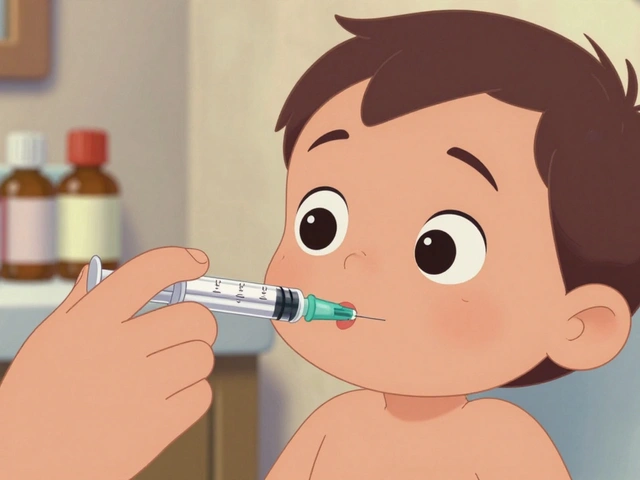
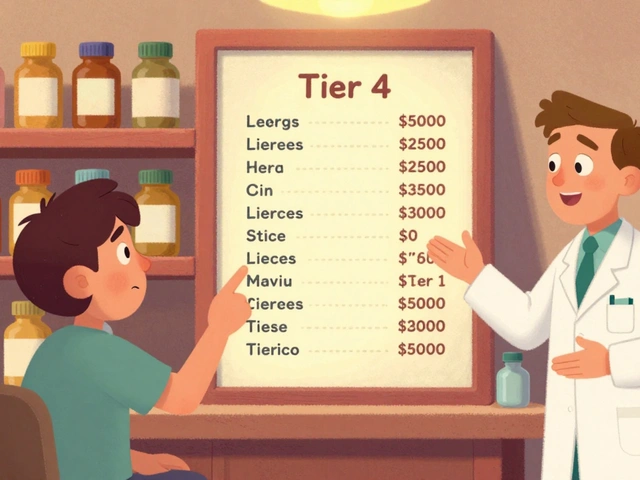
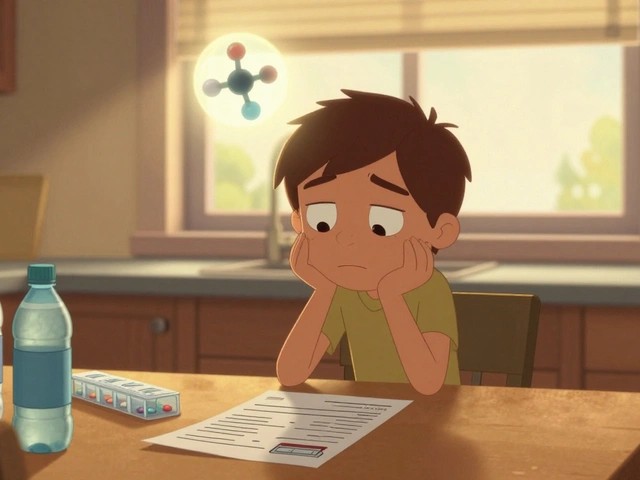
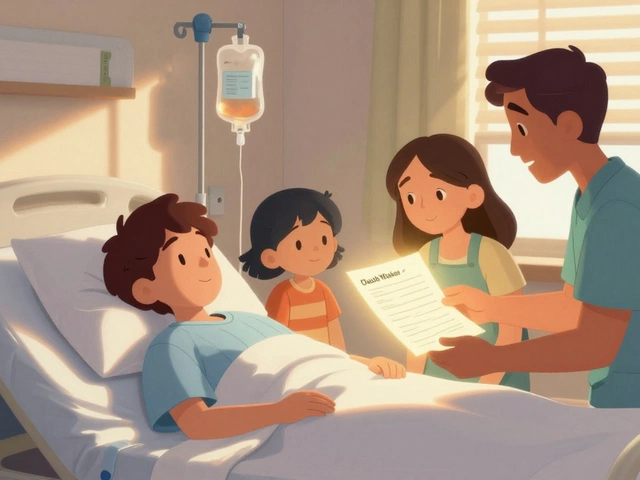
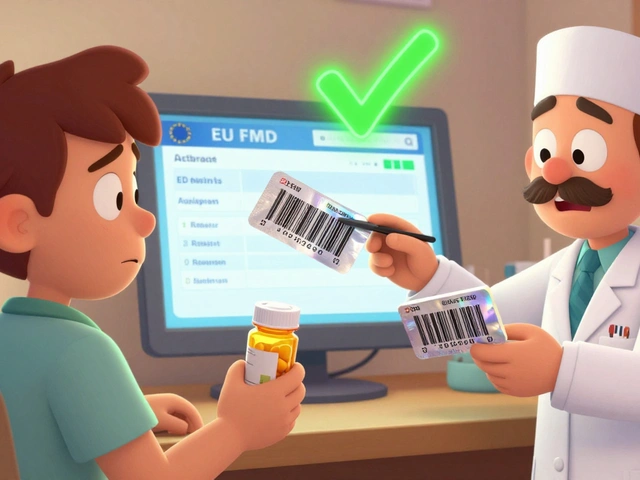
This is the kind of innovation we actually need. No more guessing if your blood pressure pill is real. I’ve seen too many people skip meds because they’re scared of fakes. Blockchain doesn’t just track pills-it restores trust. And trust is what saves lives when you’re scrolling at 2 a.m. looking for a cheaper alternative.
Blockchain is not a panacea; it is a technological placebo dressed in the rhetoric of decentralization. You have created a ledger that verifies provenance, not purity. The active pharmaceutical ingredient remains unverified. You are conflating authentication with efficacy. This is not progress-it is a distraction masquerading as a solution. The real crisis is regulatory capture and profit-driven pharmaceutical monopolies-not the absence of QR codes.
So… we’re spending $150k per production line to scan a barcode… so we know the fake pill came from the right factory? Cool. I’ll just stick to buying from CVS and hoping for the best.
India’s Apollo Hospitals implementation is the most compelling case study here. The drop from 40% counterfeit antimalarials to 2.5% is not merely impressive-it is transformative. In rural Rajasthan, where counterfeit artemisinin-based therapies were responsible for preventable deaths, this system has become a lifeline. The technology is not perfect, but its impact is undeniable.
Oh wow, another tech bro fantasy. You think a QR code stops someone from grinding up sugar and calling it metformin? The FDA’s pilot had 99.8% accuracy? That’s because they only tested legitimate supply chains. Real counterfeiters don’t bother with blockchain-they just dump pills into darknet pharmacies with fake labels. You’re solving a problem that doesn’t exist for the people who need it most.
I had a cousin who almost died from a fake statin she bought online. She thought she was saving money. She didn’t know the difference between a real bottle and a fake one. When she scanned the code and saw the full history-from the lab in Mumbai to the pharmacy in Ohio-it broke her. She cried. Not because it was expensive. Because she realized how close she came to dying. This isn’t about tech. It’s about love. We owe it to people like her to make this mandatory.
The data presented here is robust and well-documented. The reduction in verification time from 15 minutes to under a minute represents a significant operational improvement. Moreover, the 91% reduction in error rates at the rural Iowa pharmacy demonstrates scalability and cost-effectiveness for smaller operators. The FDA’s 2026 mandate is not only prudent-it is overdue. Stakeholders should prioritize phased implementation to mitigate integration challenges.
So now we’re trusting a blockchain system made by corporations and the FDA? Next they’ll be scanning our blood for patriotism. America doesn’t need some fancy tech to tell us our pills are real. We need to stop importing drugs from countries that can’t even spell ‘quality control.’ If you want safe medicine, buy American. Period.
Everyone is so excited about blockchain, but nobody talks about the fact that the people who need this the most-poor people in rural areas-can’t afford smartphones, let alone data plans. You’re creating a system that only works if you have Wi-Fi, a phone, and the patience to scan a barcode. Meanwhile, the real villains are the pharmaceutical companies charging $1,200 for a pill that costs $0.12 to make. But no, let’s fix the packaging instead of the greed.
Big win for public health! 🙌 The combination of blockchain + AI is the future. Imagine a world where your grandma can scan her insulin and instantly know it’s safe-no PhD required. And yeah, it’s not perfect (as the article says), but it’s the best tool we’ve got right now. Let’s not throw the baby out with the bathwater. Small pharmacies need support, not scorn. Let’s fund them, train them, and get this rolled out. We can do this.
While the technological framework is undeniably sophisticated, one must question the geopolitical implications of adopting a U.S.-centric blockchain infrastructure globally. The European Union, for instance, has pursued a different regulatory pathway through the Falsified Medicines Directive. To mandate a singular system is to risk technological colonialism. One must also consider the ethical ramifications of embedding immutable records into the human body’s supply chain-where consent, ownership, and privacy remain ambiguously defined.
So… you’re telling me we need to spend millions so people can scan a barcode… but the pill could still be sugar? Wow. I’m shocked. I thought we were just gonna fix the system. Instead, we’re giving fake pills a fancy digital ID. Brilliant. I’m sure the people who buy drugs off Instagram will totally trust a QR code more than a pharmacist. 😂
QR codes don’t stop fakes. They just make them look legit. 🤷♀️
Let’s be real-this system only works if everyone plays nice. But guess what? Big pharma controls the ledger. The FDA approves the nodes. The distributors own the data. This isn’t decentralized. It’s centralized with extra steps. And if you think small pharmacies can afford this? You’re delusional. This isn’t about safety. It’s about control. The real solution? Break the patent monopoly and make generics cheap enough that no one bothers to fake them.